Kobe range hood reviews
Flipz
2 years ago
Featured Answer
Sort by:Oldest
Comments (16)
wdccruise
2 years agoopaone
2 years agoRelated Professionals
Woodlawn Kitchen & Bathroom Designers · Lakeside Kitchen & Bathroom Remodelers · New Port Richey East Kitchen & Bathroom Remodelers · Park Ridge Kitchen & Bathroom Remodelers · Spanish Springs Kitchen & Bathroom Remodelers · Gibsonton Kitchen & Bathroom Remodelers · Casas Adobes Cabinets & Cabinetry · Indian Creek Cabinets & Cabinetry · Kaneohe Cabinets & Cabinetry · San Jacinto Kitchen & Bathroom Designers · Honolulu Kitchen & Bathroom Remodelers · West Palm Beach Kitchen & Bathroom Remodelers · Weymouth Kitchen & Bathroom Remodelers · Foster City Cabinets & Cabinetry · Jeffersontown Cabinets & CabinetryFlipz
2 years agoopaone
2 years agolast modified: 2 years agokaseki
2 years agoN Johnson
2 years agokaseki
2 years agoN Johnson
2 years agoFlipz
2 years agoopaone
2 years agokaseki
2 years agoGeorganne Dermigny
last yearopaone
last yearlast modified: last yearjenanqua
14 days agokaseki
14 days ago
Related Stories
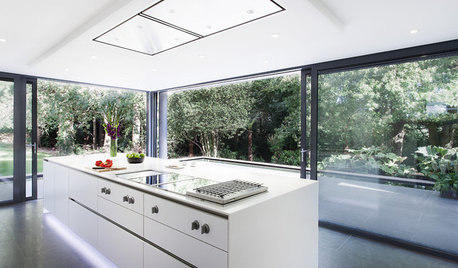
KITCHEN APPLIANCESDisappearing Range Hoods: A New Trend?
Concealed exhaust fans cut visual clutter in the kitchen
Full Story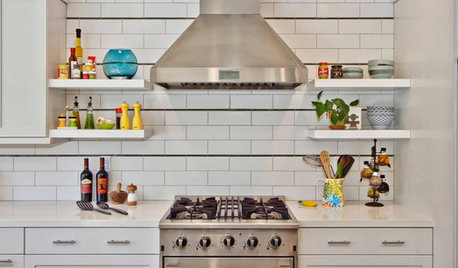
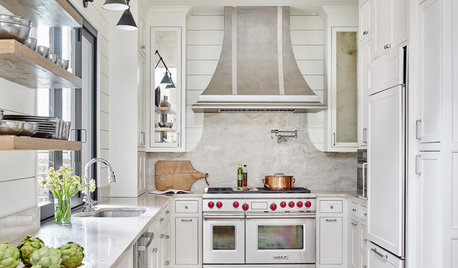
KITCHEN APPLIANCESHouzz Call: Show Us Your Creative Range Hood
Have you customized your kitchen’s range hood? Please tell us all about it
Full Story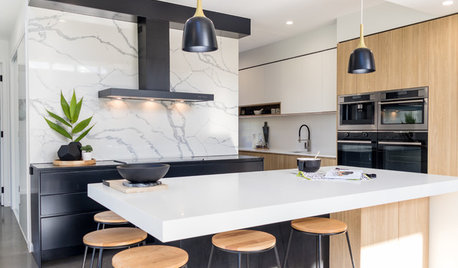
KITCHEN DESIGNHow to Get Your Range Hood Right
Get a handle on the technical specs, and then learn about fun design options for creating a beautiful kitchen feature
Full Story
KITCHEN APPLIANCESWhat to Consider When Adding a Range Hood
Get to know the types, styles and why you may want to skip a hood altogether
Full Story
KITCHEN APPLIANCESThe Many Ways to Get Creative With Kitchen Hoods
Distinctive hood designs — in reclaimed barn wood, zinc, copper and more — are transforming the look of kitchens
Full Story
KITCHEN DESIGNHow to Choose the Right Hood Fan for Your Kitchen
Keep your kitchen clean and your home's air fresh by understanding all the options for ventilating via a hood fan
Full Story
KITCHEN DESIGNHow to Find the Right Range for Your Kitchen
Range style is mostly a matter of personal taste. This full course of possibilities can help you find the right appliance to match yours
Full Story
HOUSEKEEPINGHow to Clean Your Range and Oven
Experts serve up advice on caring for these kitchen appliances, which work extra hard during the holidays
Full Story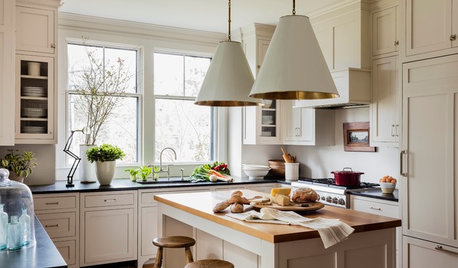
KITCHEN DESIGNTrending Now: 10 Ideas From Popular New Kitchens on Houzz
Contrasting cabinets, oversize pendants and custom range hoods turn up the heat in these ideabook-worthy kitchens
Full StoryMore Discussions






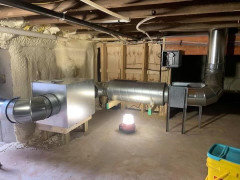
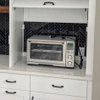

Georganne Dermigny